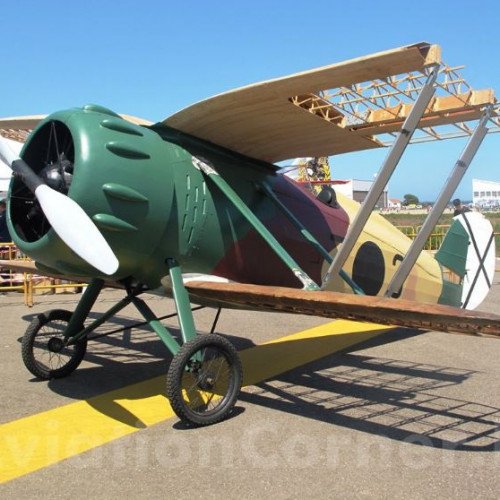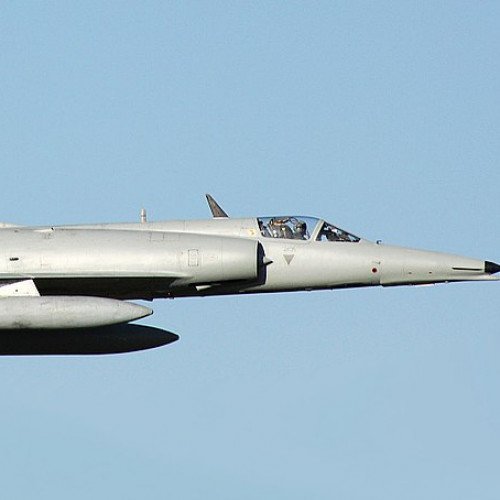IMAM Ro.41 vs IAI Nesher

IMAM Ro.41
The IMAM Ro.41 was an Italian light biplane fighter aircraft, serving in the Regia Aeronautica in the 1930s-1940s, mainly as a trainer. It was a singular aircraft, being obsolescent as a fighter when it first appeared in 1934, but despite this it was used as such until 1940. The Luftwaffe showed an interest in it as a trainer, even though German first line fighters were completely different. The Ro.41 is almost unknown, compared to many other Italian aircraft, despite being one of the most numerous produced, in its 16-year career.
Statistics for this Xoptio

IAI Nesher
The Israel Aircraft Industries Nesher (Hebrew: נשר, "griffon vulture" – often mistranslated as "eagle") was the Israeli version of the French Dassault Mirage 5 multirole fighter.Having sustained aircraft losses during the Six-Day War of 1967 and the War of Attrition fought during the late 1960s, the Israeli Air Force (IAF) sought to procure an improved variant of the highly successful Dassault Mirage III fighter aircraft. While a partnership to produce such an aircraft, the Mirage 5, was formed between French manufacturer Dassault Aviation and Israeli aerospace company Israel Aircraft Industries (IAI), during January 1969, in response to the 1968 Israeli raid on Lebanon, the French government announced that it would be imposing an arms embargo on Israel. In response to the embargo, Israel decided to proceed with the venture, but to domestically manufacture the airframes instead. During 1969, IAI commenced manufacturing work on the type. According to official accounts, Israel had already obtained a complete set of drawings and detailed information prior to the embargoes enactment. The Neshers' airframe was identical to the Mirage 5, but was refitted with Israeli-built avionics, a Martin-Baker zero-zero ejection seat, and provisions for a wider range of AAMs (Air-to-Air Missiles), including the Israeli Shafrir heat-seeking missile. During September 1969, the first Nesher prototype performed its maiden flight. During May 1971, the first Raam A was delivered to the IAF. During November 1971, the aircraft was officially renamed as the Nesher. The high point of the Nesher's career with the IAF was during the 1973 Yom Kippur War. The type reportedly performed well during the conflict, IAF pilots flying the type cumulatively claimed over a hundred kills. During 1974, production of the Nesher was phased out in favour of a more advanced Mirage derivative which had been planned in parallel to the Nesher, known as the IAI Kfir. The IAF retired the type during the 1970s. The aircraft were later sold to the Argentine Air Force, where they were operated under the name Dagger. During 1978, Argentina urgently deployed their first Daggers due to the Beagle conflict, a territorial dispute and war scare between Argentina and neighbouring Chile. Daggers were also used during the 1982 Falklands War between Argentina and the United Kingdom, conducting a total of 153 sorties against both ground and naval targets across the 45 days of combat operations. During their anti-ship attacks, they were reportedly responsible for damaging several vessels, including HMS Antrim, Brilliant, Broadsword, Ardent, Arrow and Plymouth. In total, 11 Daggers were lost in combat with the British. The remaining aircraft were later upgraded into the Finger standard.